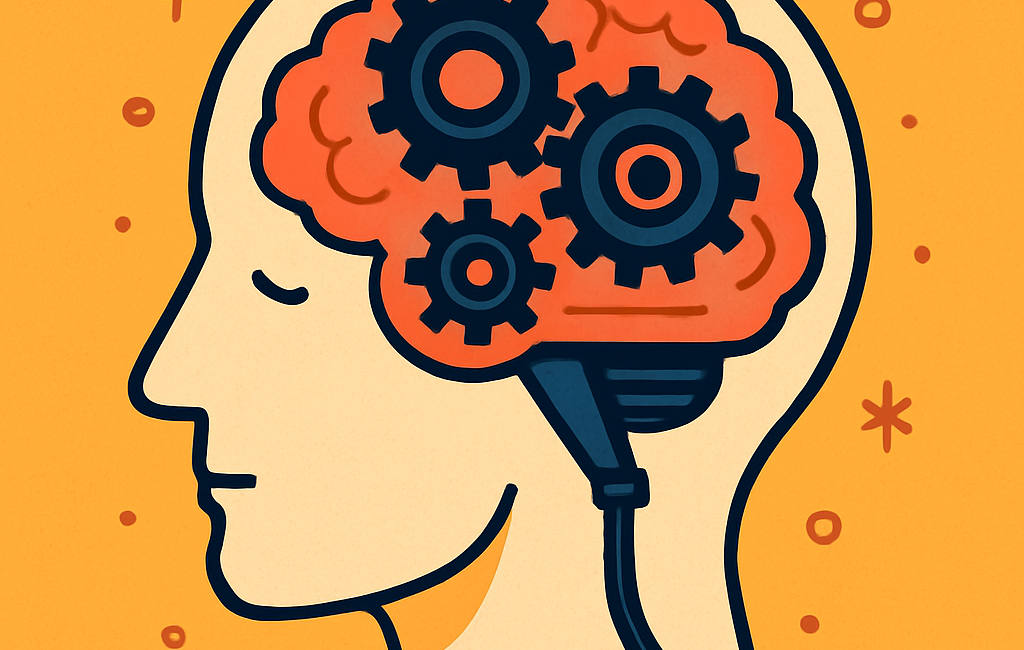We speak of concepts as if they are self-evident. We define them. We model with them. We map systems around them. Yet, pause — just for a moment — and ask: What is a concept, really? Is it a name? A symbol? A placeholder for meaning? Or is it the very foundation upon which we construct understanding?
In modelling — whether of systems, behaviors, architectures, or thoughts — the concept is the invisible cornerstone. Everything we build, from data structures to business domains, from software architecture to philosophical frameworks, is built atop this quiet and elusive entity: the concept.
But what makes a concept essential? What gives it identity?
Is it its definition — or its relationships?
Its boundaries — or its ability to evolve?
And if a model is a reflection of reality, then what is a concept if not the lens through which that reflection is made possible?
We live surrounded by models. Every organization is structured by one, whether explicit or implicit. Every interface, every legal system, every database — all rooted in conceptualizations. But the elegance and power of a model lies not in its structure, nor in its visual clarity — but in the clarity of the concepts it holds.
Because models are not diagrams. They are not shapes on whiteboards or boxes in UML. They are conceptual systems — worlds with logic, meaning, and constraints. When we model, we are not just organizing information. We are naming realities. And the act of naming is the act of defining a world.
But how do we know a concept is good?
Perhaps we should ask instead: When does a concept fail us?
When it's too broad, it becomes useless. When it's too narrow, it becomes brittle. When it's defined without context, it floats. When it's overloaded with meaning, it collapses under its own weight.
We’ve all seen it. Concepts in models that sound important, but mean different things to different people. “Customer.” “Account.” “Resource.” Words that carry entire ecosystems of assumptions. And when the assumptions go unspoken, the models crack. Misalignment begins not with structure, but with vague conceptual foundations.
So how do we find the essence of a concept?
We start by stripping it down. By asking: What must this concept always contain? What is optional? What is core? What distinguishes it from its neighbors? We treat it not as a label, but as a boundary — a semantic envelope that includes what must be included, and excludes what must not. This is not simply analysis — it is philosophy applied to design.
And once we’ve identified a concept’s essence, we must test it. Not with code, but with thought experiments. We stretch it. We stress it. We examine it from different perspectives. Does it remain coherent? Does it survive abstraction and implementation? Can others model with it? Can it evolve without collapsing?
If it can — then perhaps we’ve found something powerful.
In this way, the modeller becomes something more than a technician. They become a semantic engineer, a curator of clarity. They shape not just systems, but understanding itself. Because the act of modelling is not the act of designing solutions. It is the act of constructing mental infrastructure — bridges between minds, stable under the weight of interpretation.
Concepts are the grammar of modelling. And just as grammar defines how we form meaning in language, concepts define how we form meaning in systems. A malformed concept leads to incoherence. A well-crafted concept enables reasoning, transformation, and reuse.
But perhaps the greatest challenge — and the deepest opportunity — lies in making concepts shareable.
Because in truth, no model is useful if its concepts are private. Modelling is not about what the architect understands. It is about what the team, the client, the future developer, and even the system itself can understand. And that is why the essence of a concept must be transparent, robust, and communicable.
So we return to the original question: What is a concept?
It is not a shape. It is not a field in a database. It is not an object in a class diagram. It is a unit of meaning, forged by intent and bounded by logic. It is the smallest particle of understanding that still carries identity.
And when we model — truly model — we are not building software or diagrams. We are building semantic machines, engines of meaning, powered by the clarity of our concepts.
To model well is to think clearly.
To model beautifully is to define precisely.
To model sustainably is to conceptualize wisely.
So let us honor the concept. Let us give it time, thought, and respect.
Because in the end, the strength of any model lies not in how it looks — but in how deeply its concepts are understood.

